An important humanist geographical compendium with Vibius Sequester, De fluminibus, fontibus, lacubus, nemoribus, gentibus, quorum apud poëtas mentio fit, and 'Lucius Fenestella', Opusculum fragmentum, with extracts from Guido of Pisa, Geographica and the Antonine Itinerary as well as other texts, in Latin, manuscript on paper [Italy (probably Lucca), second half of the fifteenth century (c. 1477)] 70 leaves, collation: i8 (including front pastedown, and 5 blank leaves at front of volume), ii-vii8, viii10 (including 8 blank leaves at end), ix4 (including back pastedown, this quire all blank leaves), catchwords, foliated in modern pencil from beginning of main texts (and followed here), complete, single column of 34 lines in a good semi-humanist hand, pale red rubrics, initials of lists in red and brown, spaces left for larger initials, watermarks of an ecclesiastic's hat and a dragon (see below), the front endleaves with entries in main hand of the opening 7 lines of Vibius Sequester's text facing 13 entries from the text on rivers (apparently the scribe began with these leaves then set them aside and started again, reusing them as endleaves), some spots and stains and discoloured areas at edges of leaves in places, small tears to edges of a few leaves, else excellent condition, 215 by 145mm.; contemporary yellow reversed calf over pasteboards, tooled with triple fillet, some holes and stains, remains of two thongs at vertical edge Provenance: Compiled and copied by a humanist scholar interested in geography, probably in Lucca around the year 1477. The first watermark here, that of an ecclesiastic's hat, has a wide usage throughout Italy in the second half of the fifteenth century and the opening of the sixteenth century. However, the second watermark of a roaring dragon with a bulging eye and straight tail is much rarer, and that here is identical to Briquet 2651, recorded in Lucca in 1477. Text: The principal text here is the De fluminibus, fontibus, lacubus, nemoribus, gentibus, quorum apud poëtas mentio fit of the fourth or fifth century AD. writer Vibius Sequester (here fols. 31r-36v). It is composed of some seven lengthy lists of geographical placenames ( flumina , rivers; fontes , springs; lacus , lakes; nemora , forests; paludes , marshes; montes , mountains; and gentes , peoples) gleaned from Classical Roman poets, notably Vergil, Ovid and Lucan, as well as further geographic references taken from exegetical works on those verses. A number of these names do not occur in the known versions of the poets' works, and may indicate that Sequester had access to now-lost texts. It is recorded first in Vatican, Lat. 4929, a nearly square parchment codex of the middle of the ninth century, perhaps from Fleury and then in a house near Orléans in the later Middle Ages, that contains the earliest copies of several late Roman works (see C.W. Barlow in Memoirs of the American Academy in Rome , 15, 1938, pp. 87-124). The inclusion of eleventh-century additions made to that manuscript as part of the main text here demonstrates that the Vatican manuscript stands behind the present one. It was popular among humanists and approximately 50 manuscripts of the fifteenth century are known. That said, it is of extreme rarity on the market, with only a handful of copies appearing since records began, with the last at Sotheby's, 26 January 1959, lot 92 (again an Italian fifteenth-century copy on paper), which reappeared last in Christie's, 28 June 1961, lot 206. The text that precedes this appears on first inspection to also be a Classical work, but is in fact the work of a humanist scholar who disseminated his work under the name of a Roman writer recorded by Pliny the Elder. The rubric here identifies it as a small work by "Fenestrelle", meaning Lucius Fenestrella (d. 19 or 36 AD.; fol. 1r-30r). It is in fact the work of a mysterious humanist author named Andrea Domenico Fiocchi (d. 1452, also 'Andreas Florentinum'), who here is not
An important humanist geographical compendium with Vibius Sequester, De fluminibus, fontibus, lacubus, nemoribus, gentibus, quorum apud poëtas mentio fit, and 'Lucius Fenestella', Opusculum fragmentum, with extracts from Guido of Pisa, Geographica and the Antonine Itinerary as well as other texts, in Latin, manuscript on paper [Italy (probably Lucca), second half of the fifteenth century (c. 1477)] 70 leaves, collation: i8 (including front pastedown, and 5 blank leaves at front of volume), ii-vii8, viii10 (including 8 blank leaves at end), ix4 (including back pastedown, this quire all blank leaves), catchwords, foliated in modern pencil from beginning of main texts (and followed here), complete, single column of 34 lines in a good semi-humanist hand, pale red rubrics, initials of lists in red and brown, spaces left for larger initials, watermarks of an ecclesiastic's hat and a dragon (see below), the front endleaves with entries in main hand of the opening 7 lines of Vibius Sequester's text facing 13 entries from the text on rivers (apparently the scribe began with these leaves then set them aside and started again, reusing them as endleaves), some spots and stains and discoloured areas at edges of leaves in places, small tears to edges of a few leaves, else excellent condition, 215 by 145mm.; contemporary yellow reversed calf over pasteboards, tooled with triple fillet, some holes and stains, remains of two thongs at vertical edge Provenance: Compiled and copied by a humanist scholar interested in geography, probably in Lucca around the year 1477. The first watermark here, that of an ecclesiastic's hat, has a wide usage throughout Italy in the second half of the fifteenth century and the opening of the sixteenth century. However, the second watermark of a roaring dragon with a bulging eye and straight tail is much rarer, and that here is identical to Briquet 2651, recorded in Lucca in 1477. Text: The principal text here is the De fluminibus, fontibus, lacubus, nemoribus, gentibus, quorum apud poëtas mentio fit of the fourth or fifth century AD. writer Vibius Sequester (here fols. 31r-36v). It is composed of some seven lengthy lists of geographical placenames ( flumina , rivers; fontes , springs; lacus , lakes; nemora , forests; paludes , marshes; montes , mountains; and gentes , peoples) gleaned from Classical Roman poets, notably Vergil, Ovid and Lucan, as well as further geographic references taken from exegetical works on those verses. A number of these names do not occur in the known versions of the poets' works, and may indicate that Sequester had access to now-lost texts. It is recorded first in Vatican, Lat. 4929, a nearly square parchment codex of the middle of the ninth century, perhaps from Fleury and then in a house near Orléans in the later Middle Ages, that contains the earliest copies of several late Roman works (see C.W. Barlow in Memoirs of the American Academy in Rome , 15, 1938, pp. 87-124). The inclusion of eleventh-century additions made to that manuscript as part of the main text here demonstrates that the Vatican manuscript stands behind the present one. It was popular among humanists and approximately 50 manuscripts of the fifteenth century are known. That said, it is of extreme rarity on the market, with only a handful of copies appearing since records began, with the last at Sotheby's, 26 January 1959, lot 92 (again an Italian fifteenth-century copy on paper), which reappeared last in Christie's, 28 June 1961, lot 206. The text that precedes this appears on first inspection to also be a Classical work, but is in fact the work of a humanist scholar who disseminated his work under the name of a Roman writer recorded by Pliny the Elder. The rubric here identifies it as a small work by "Fenestrelle", meaning Lucius Fenestrella (d. 19 or 36 AD.; fol. 1r-30r). It is in fact the work of a mysterious humanist author named Andrea Domenico Fiocchi (d. 1452, also 'Andreas Florentinum'), who here is not
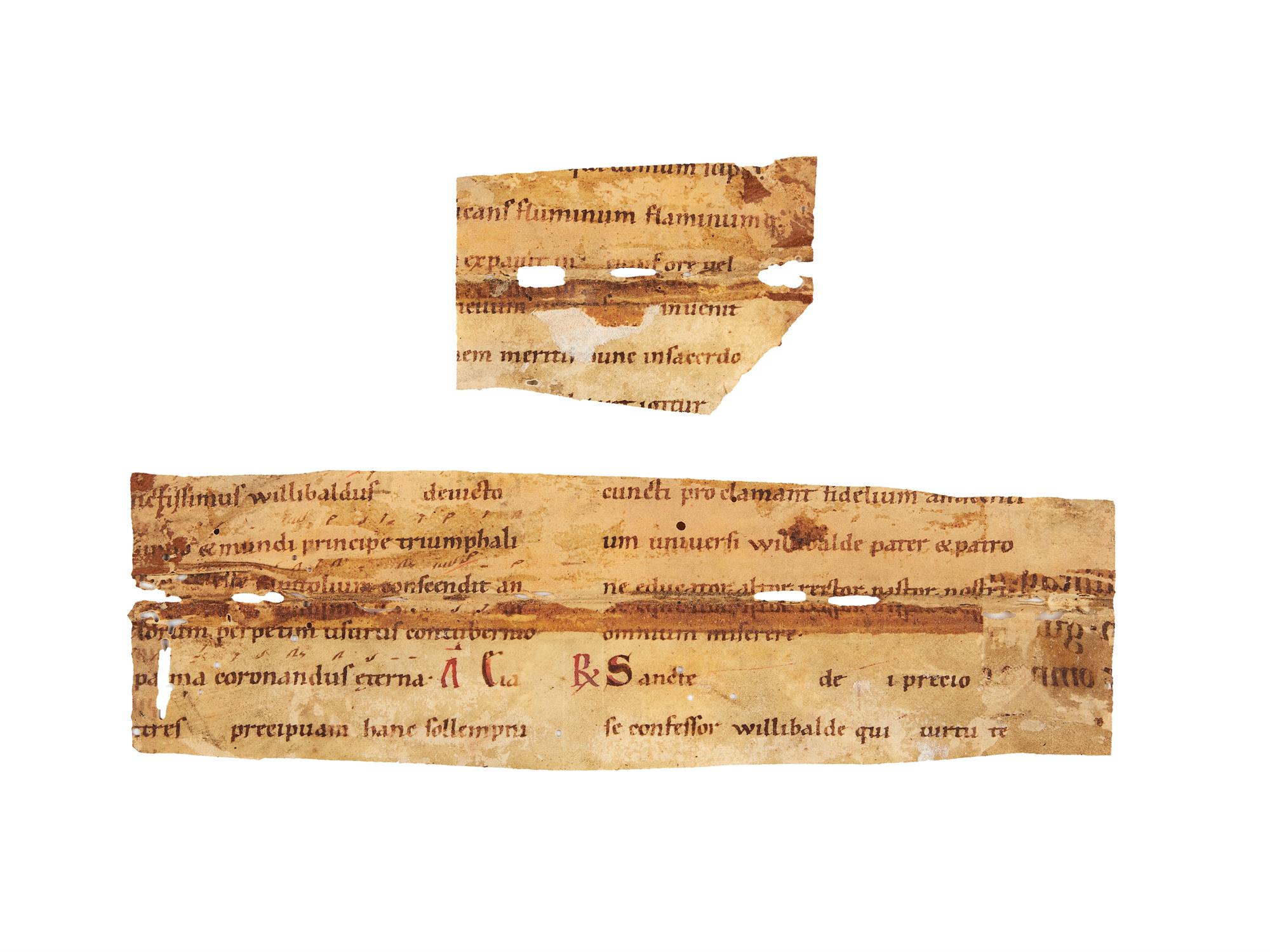
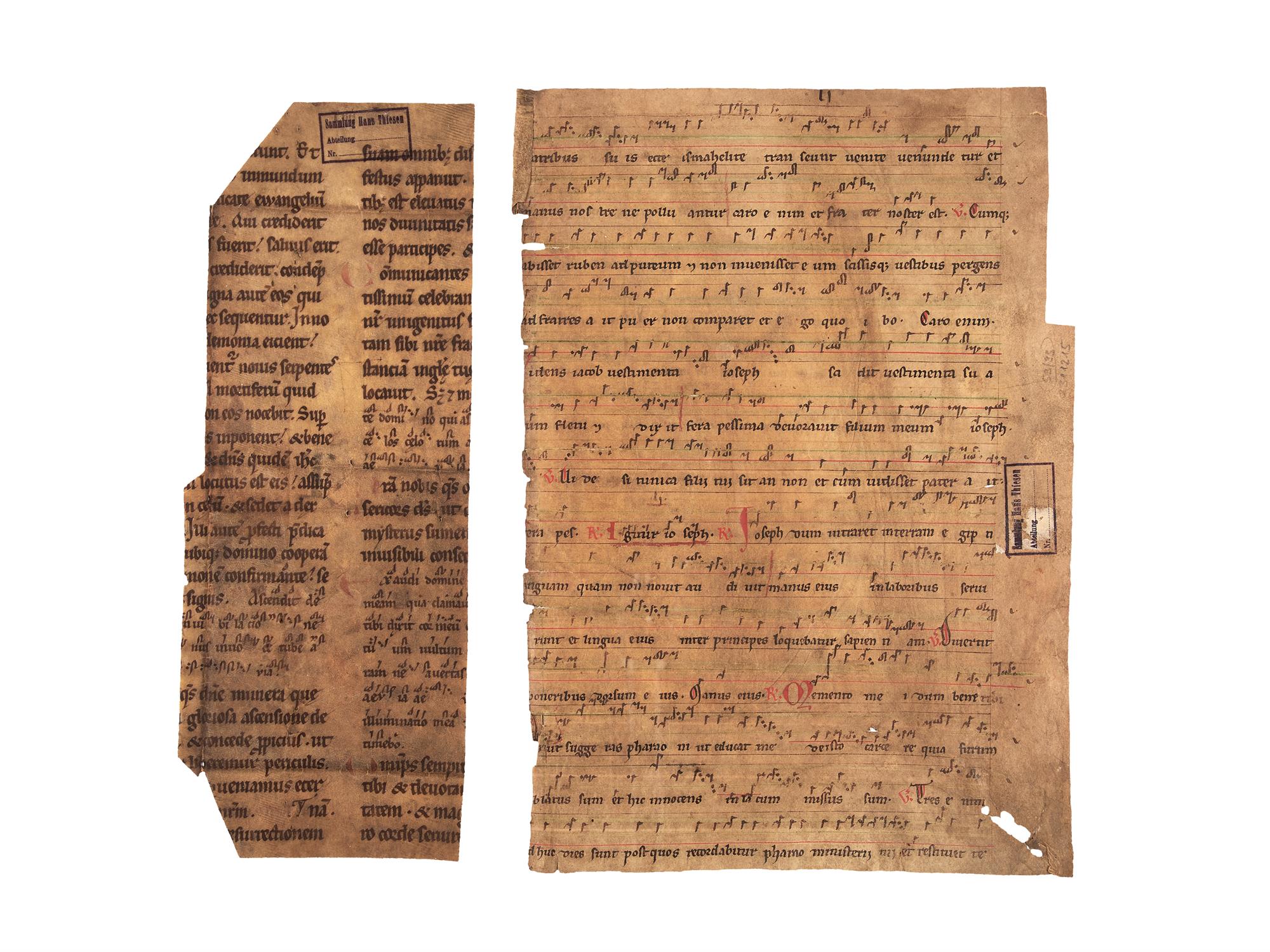
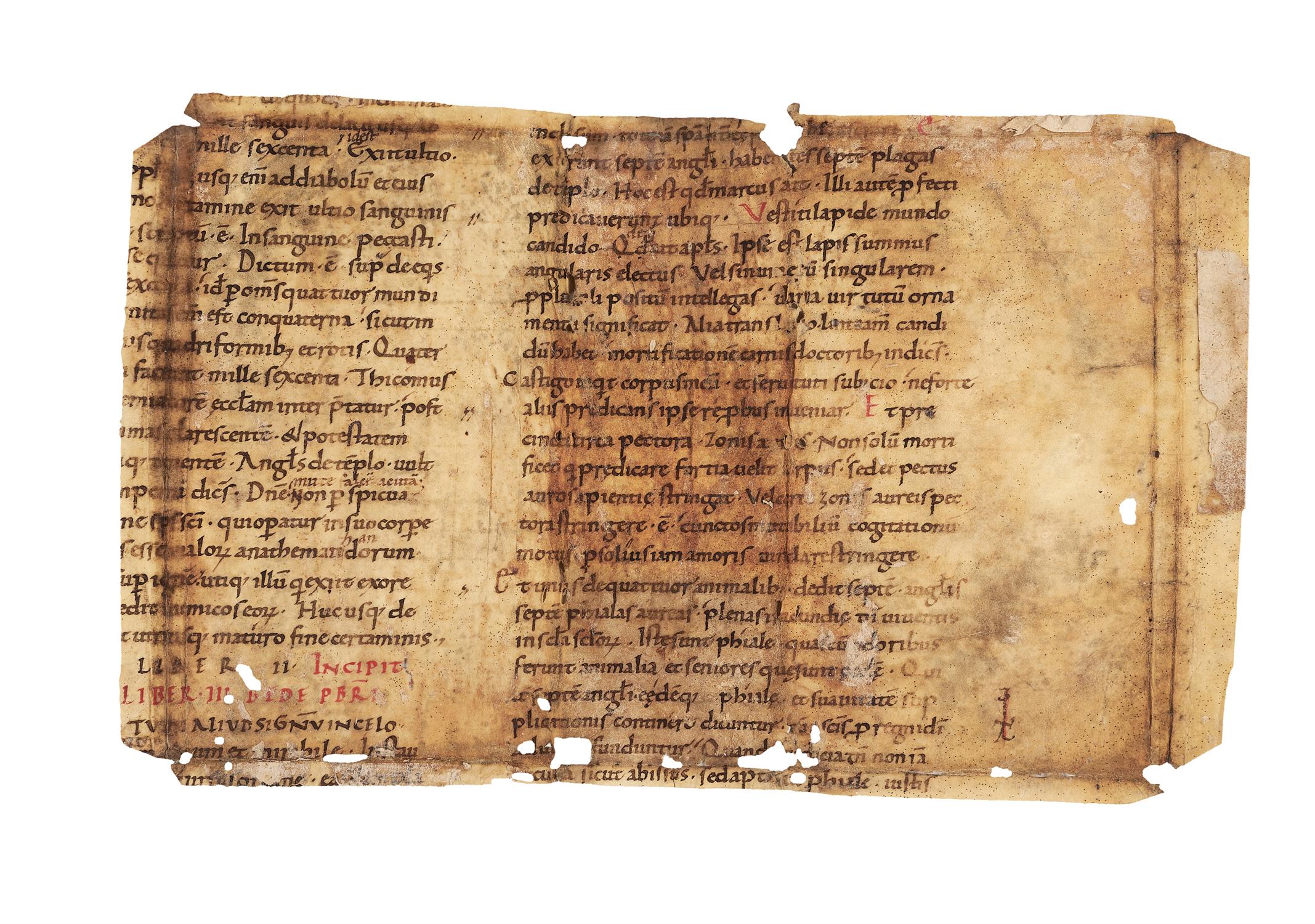
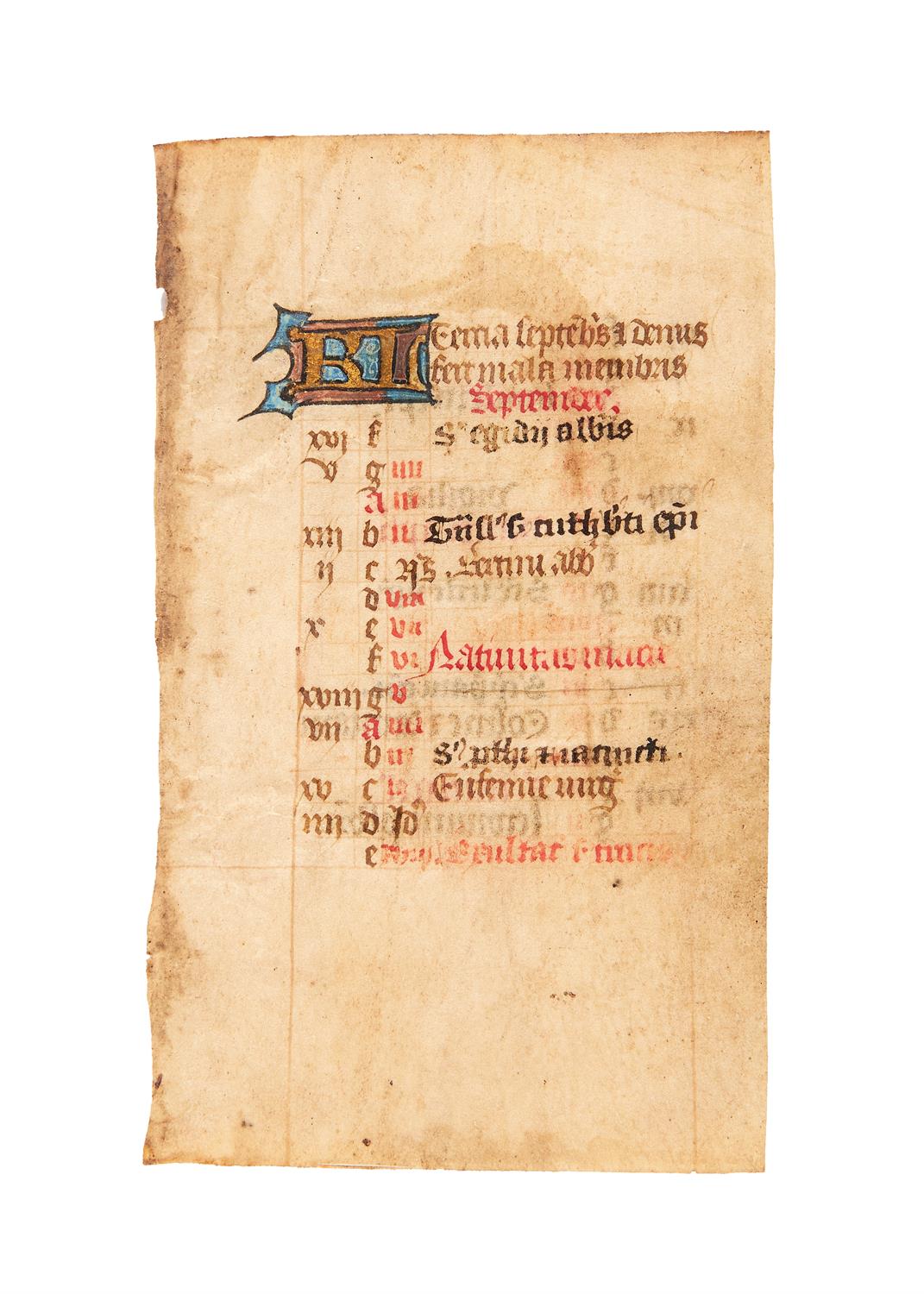
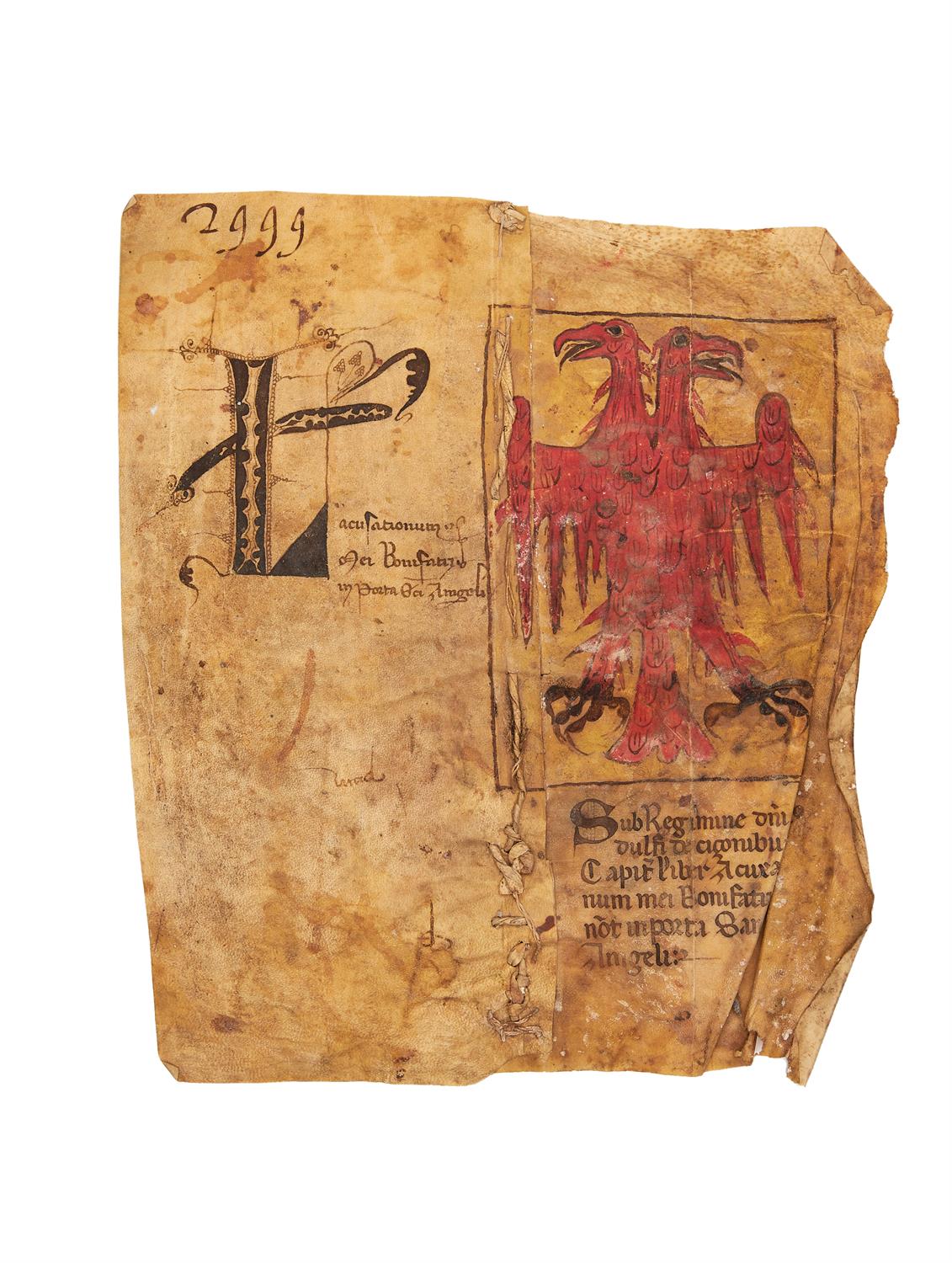
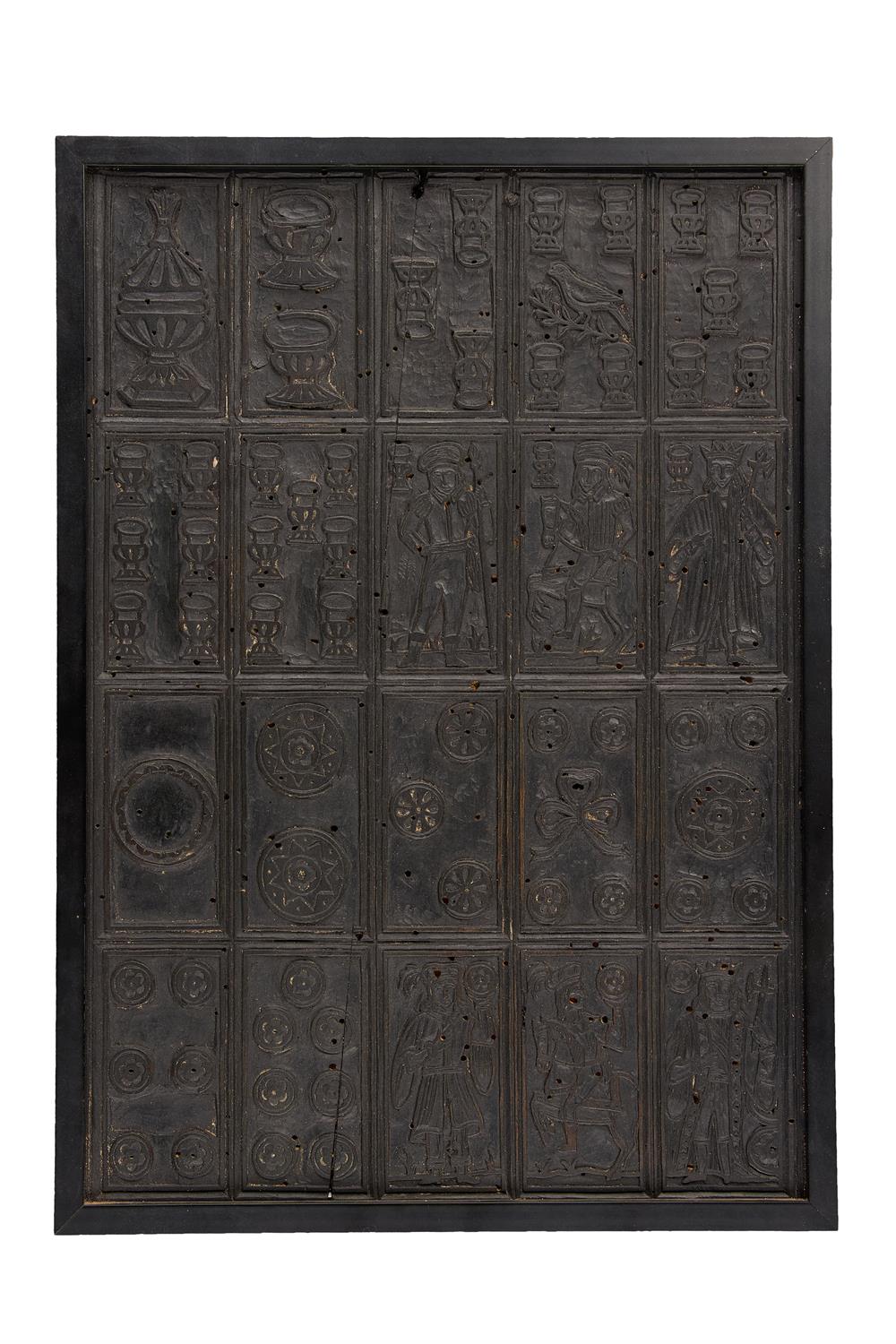
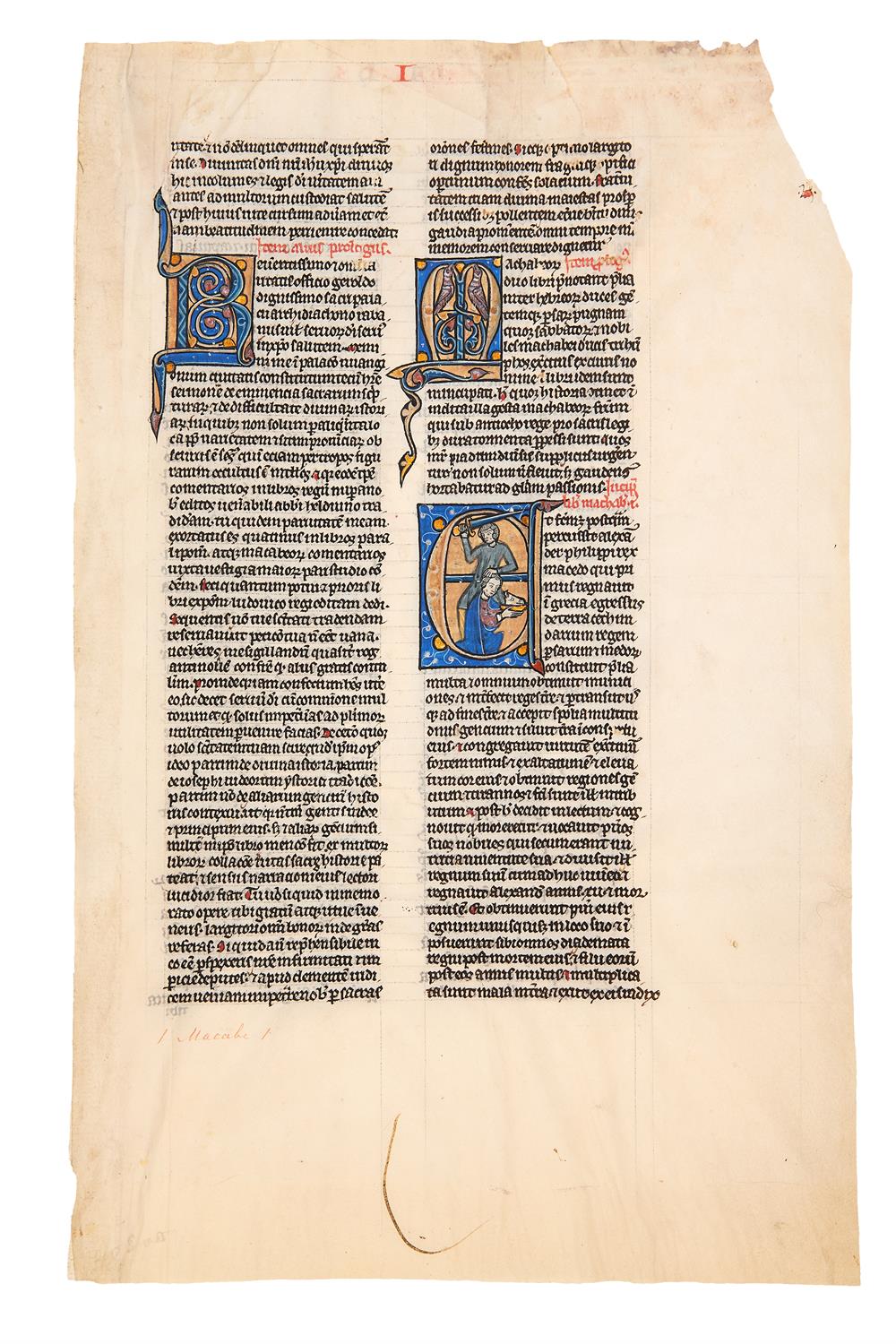
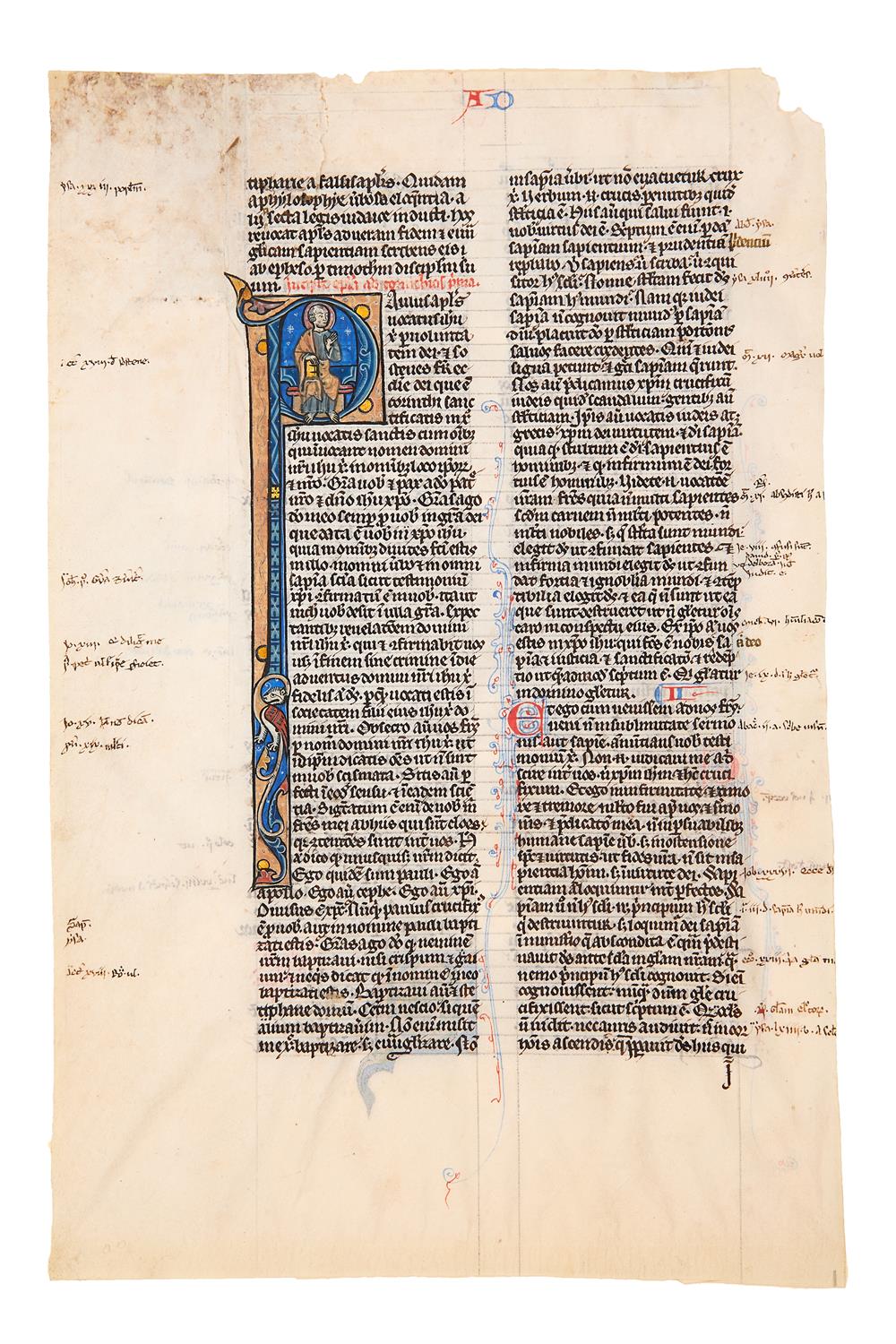
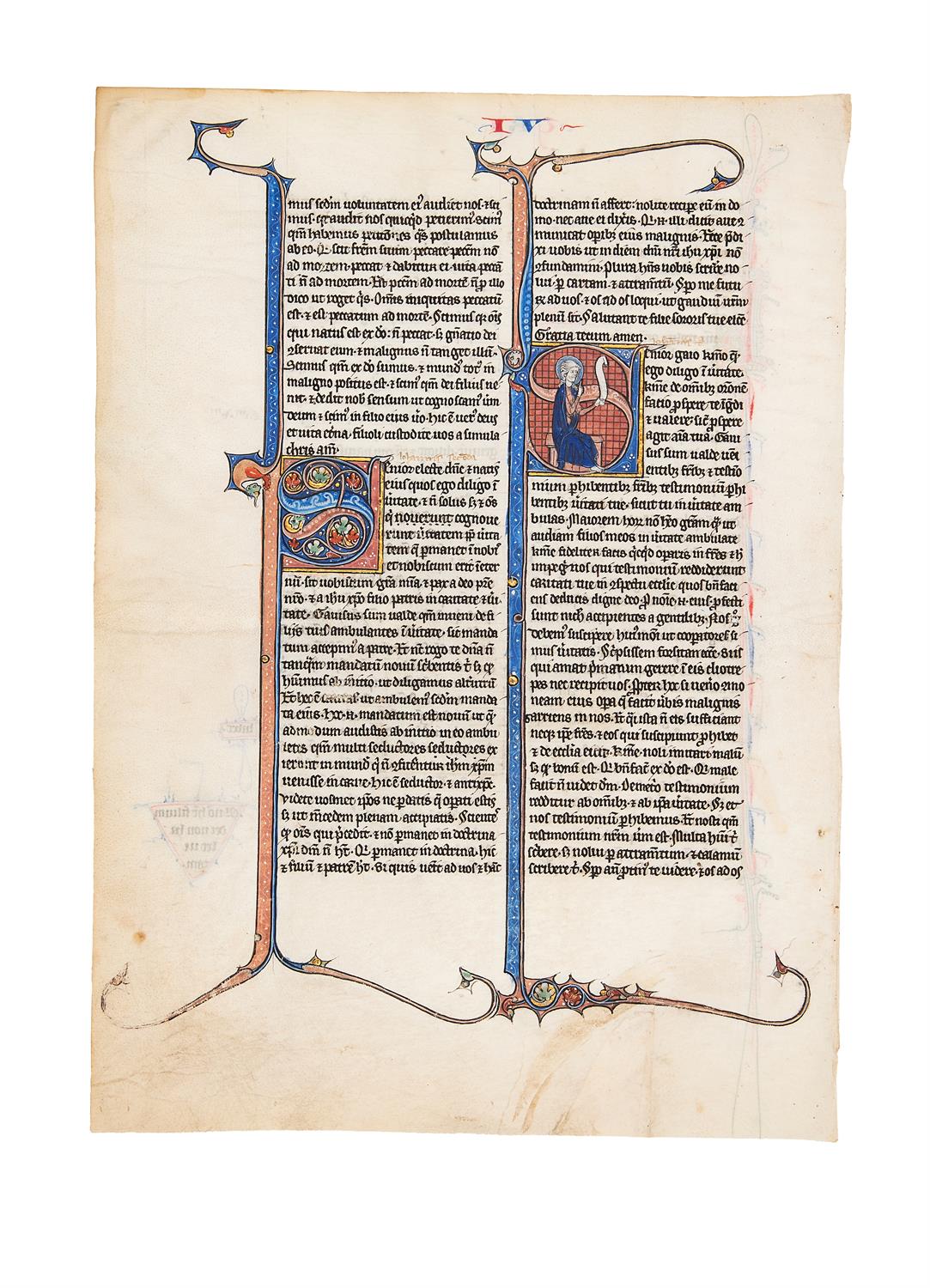
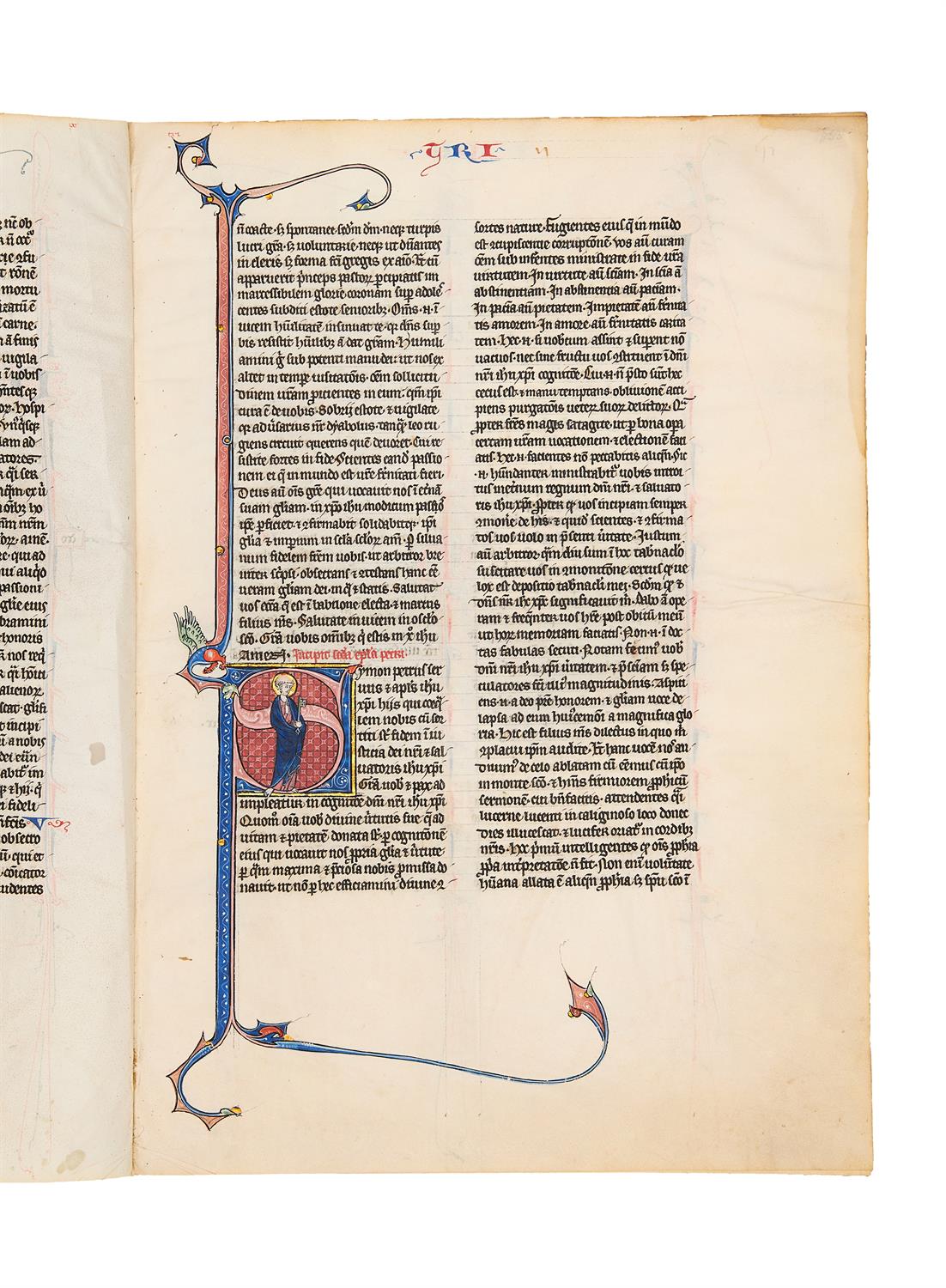
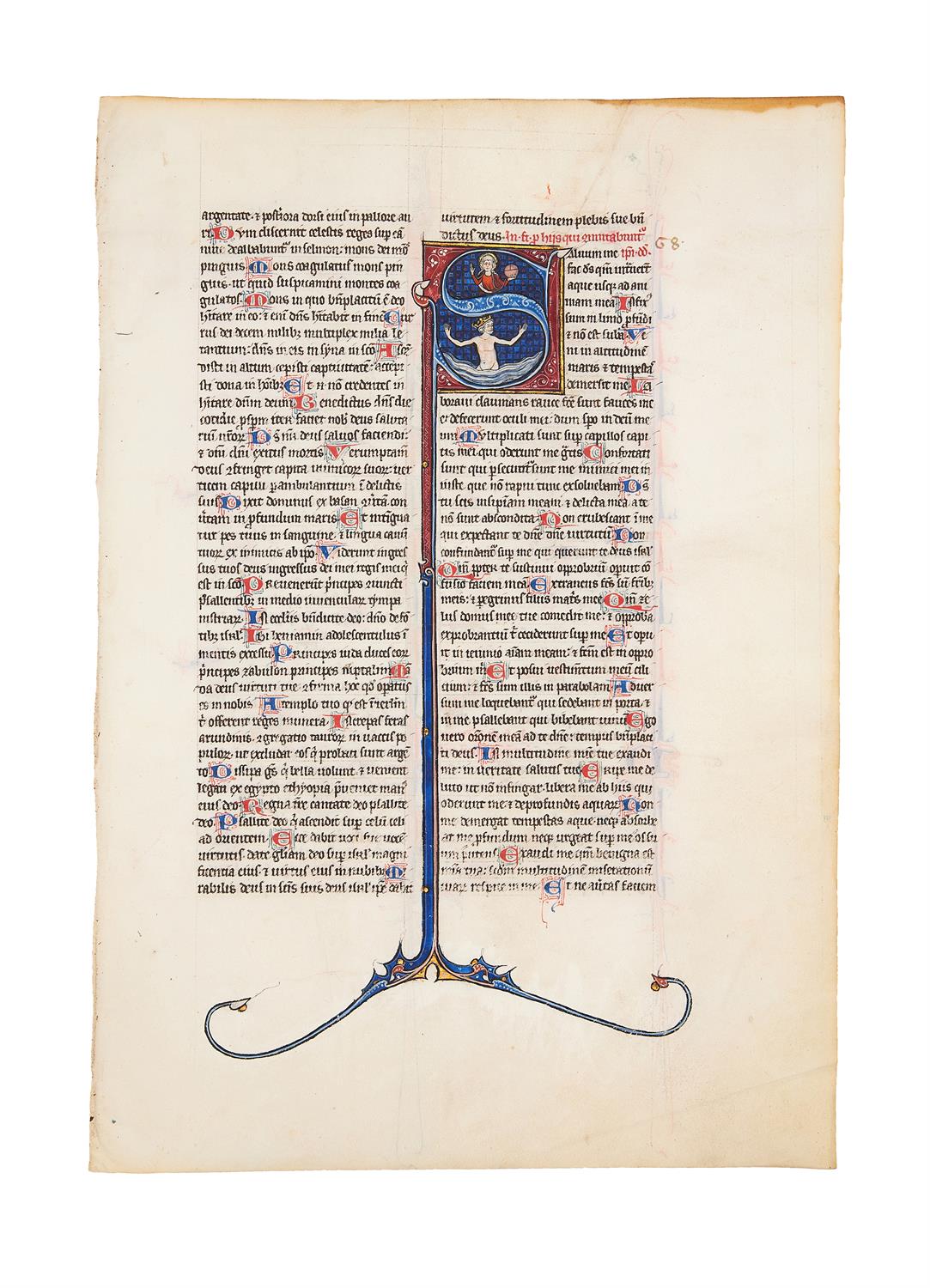
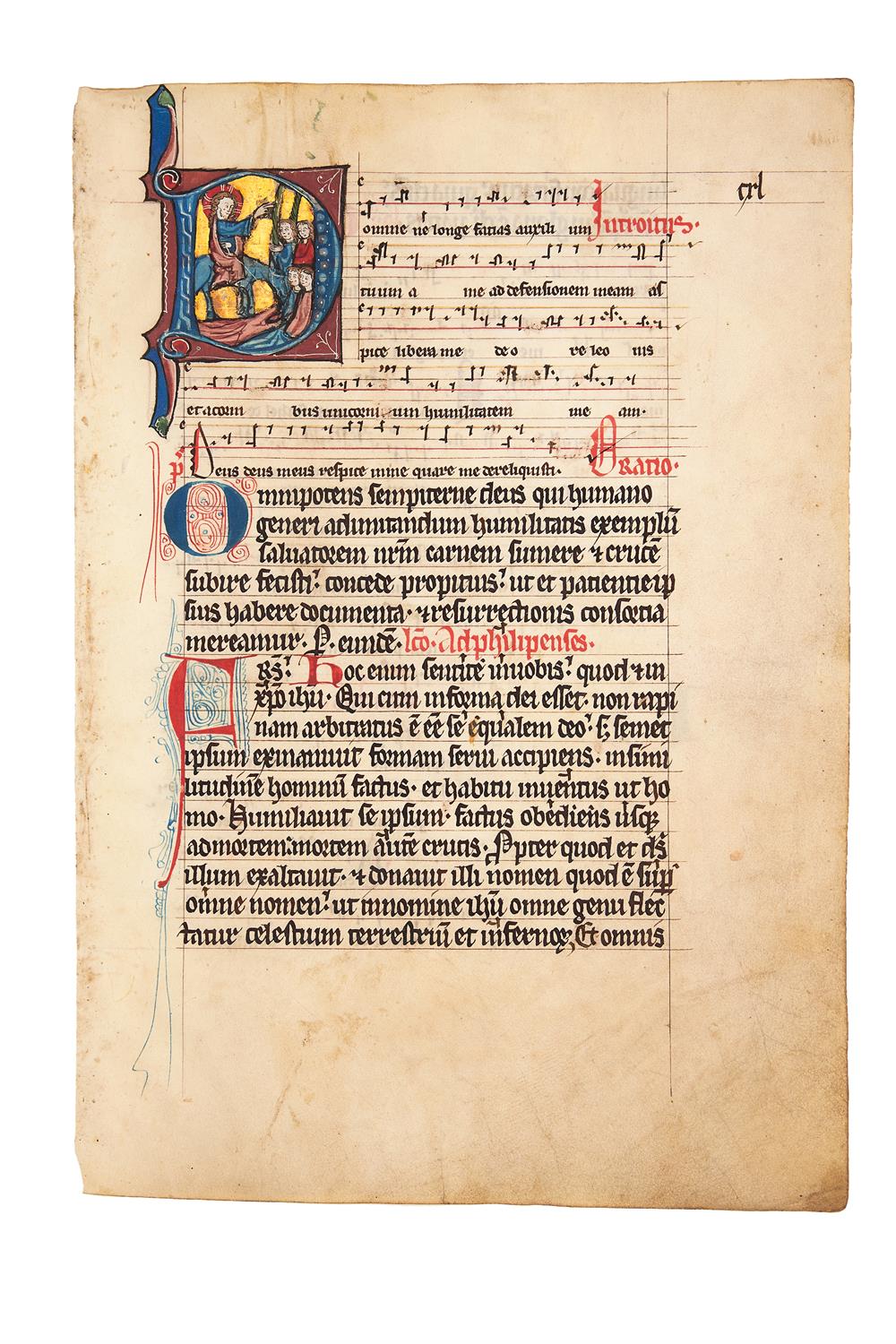
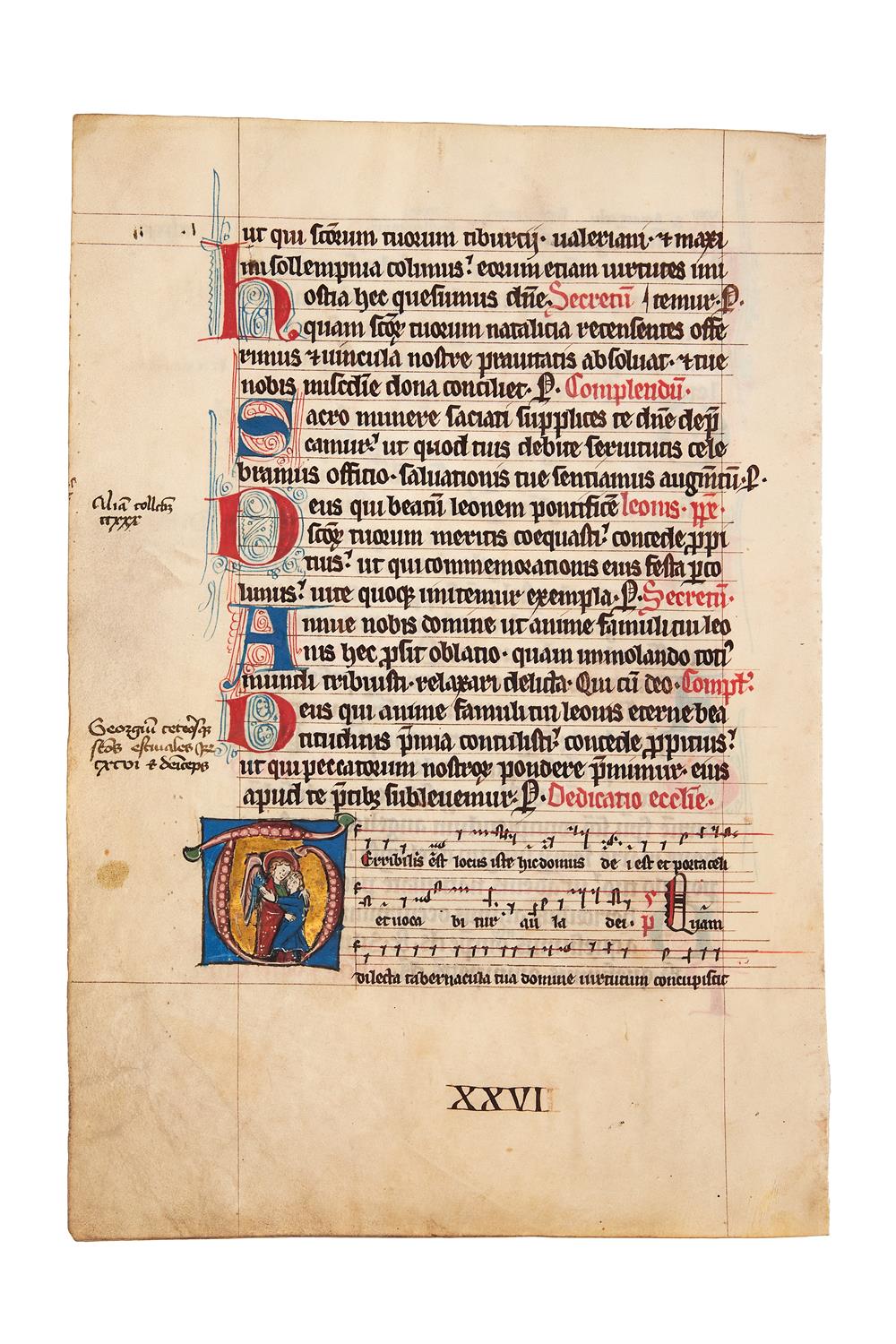
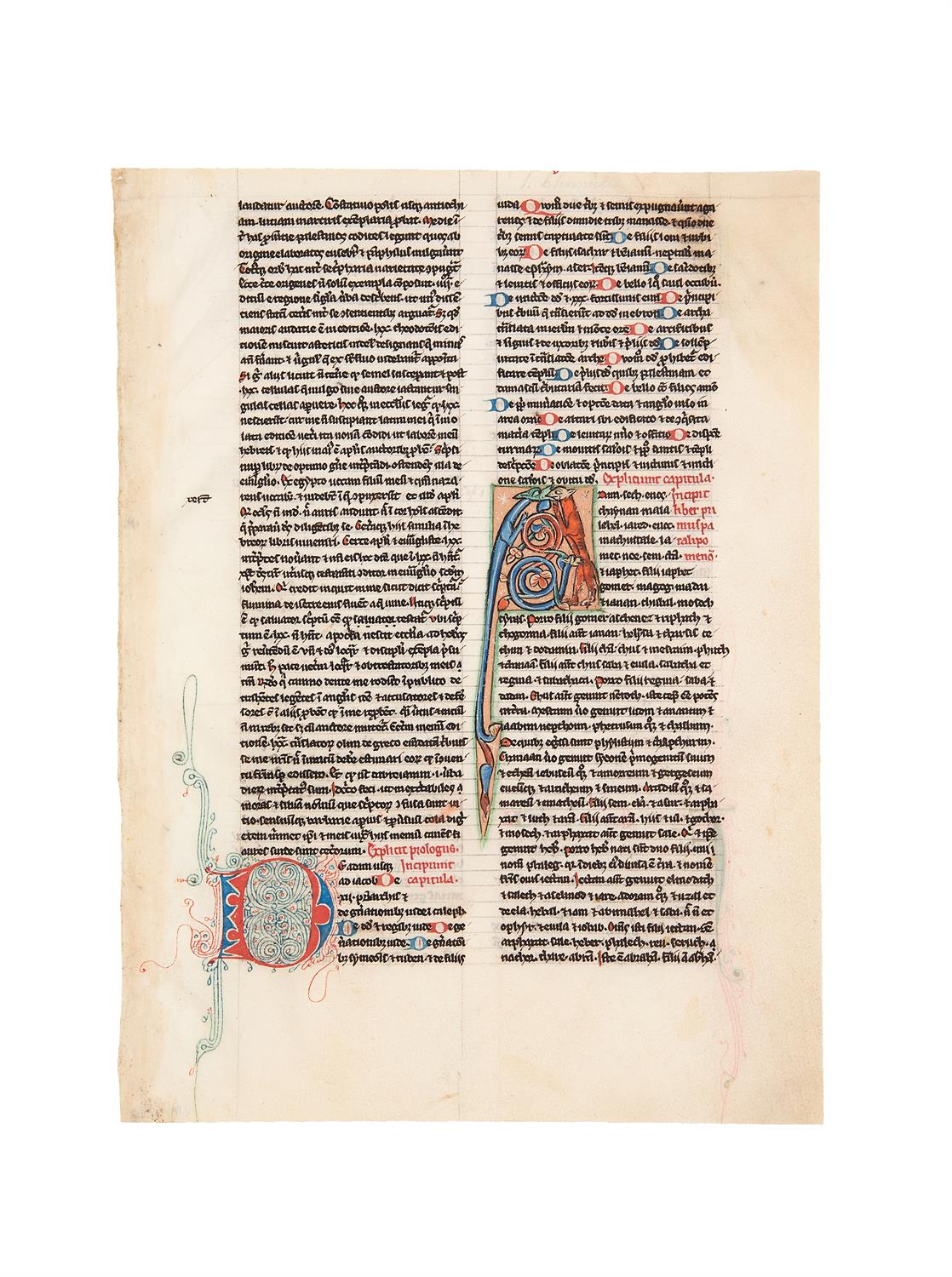
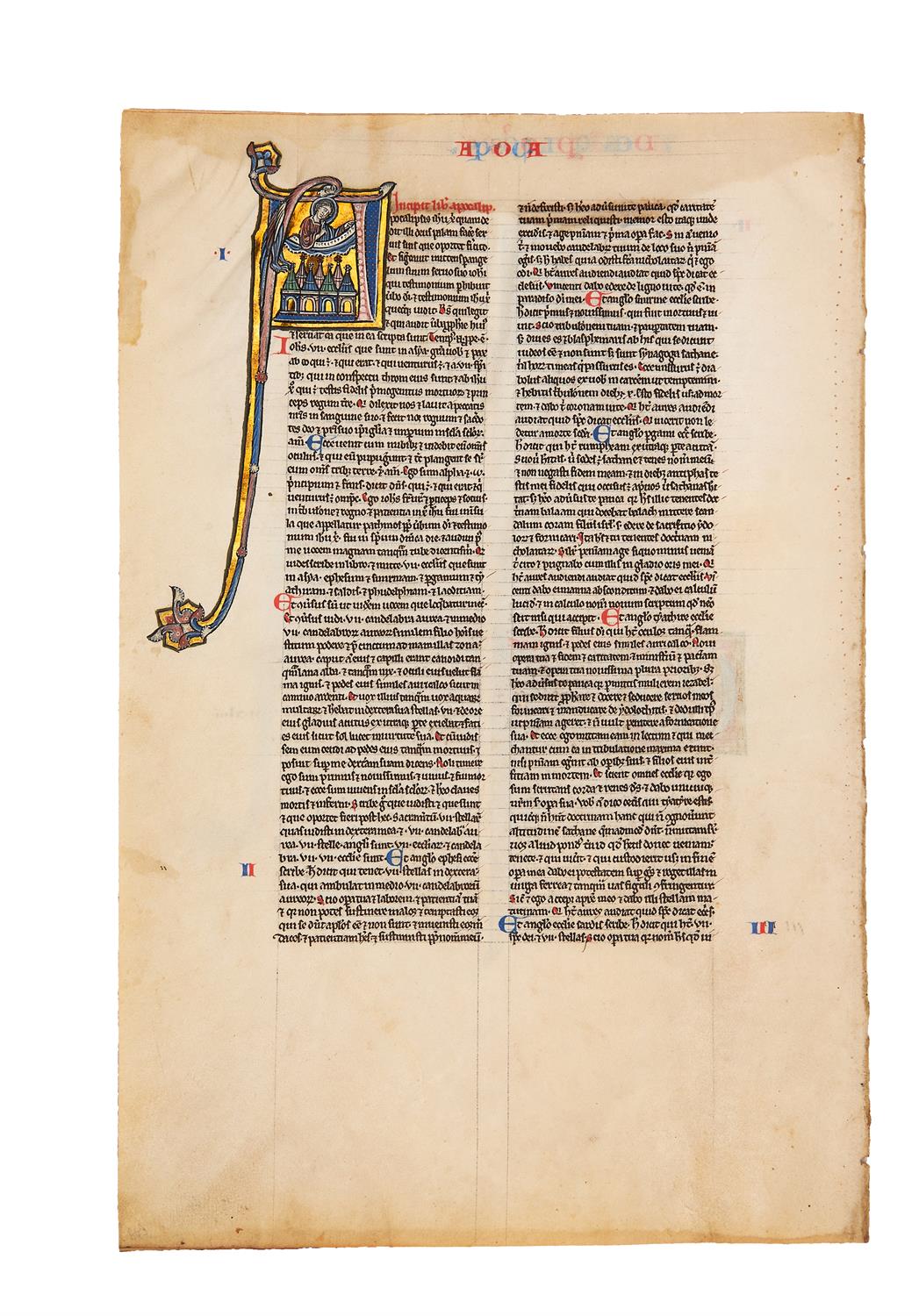
Testen Sie LotSearch und seine Premium-Features 7 Tage - ohne Kosten!
Lassen Sie sich automatisch über neue Objekte in kommenden Auktionen benachrichtigen.
Suchauftrag anlegen